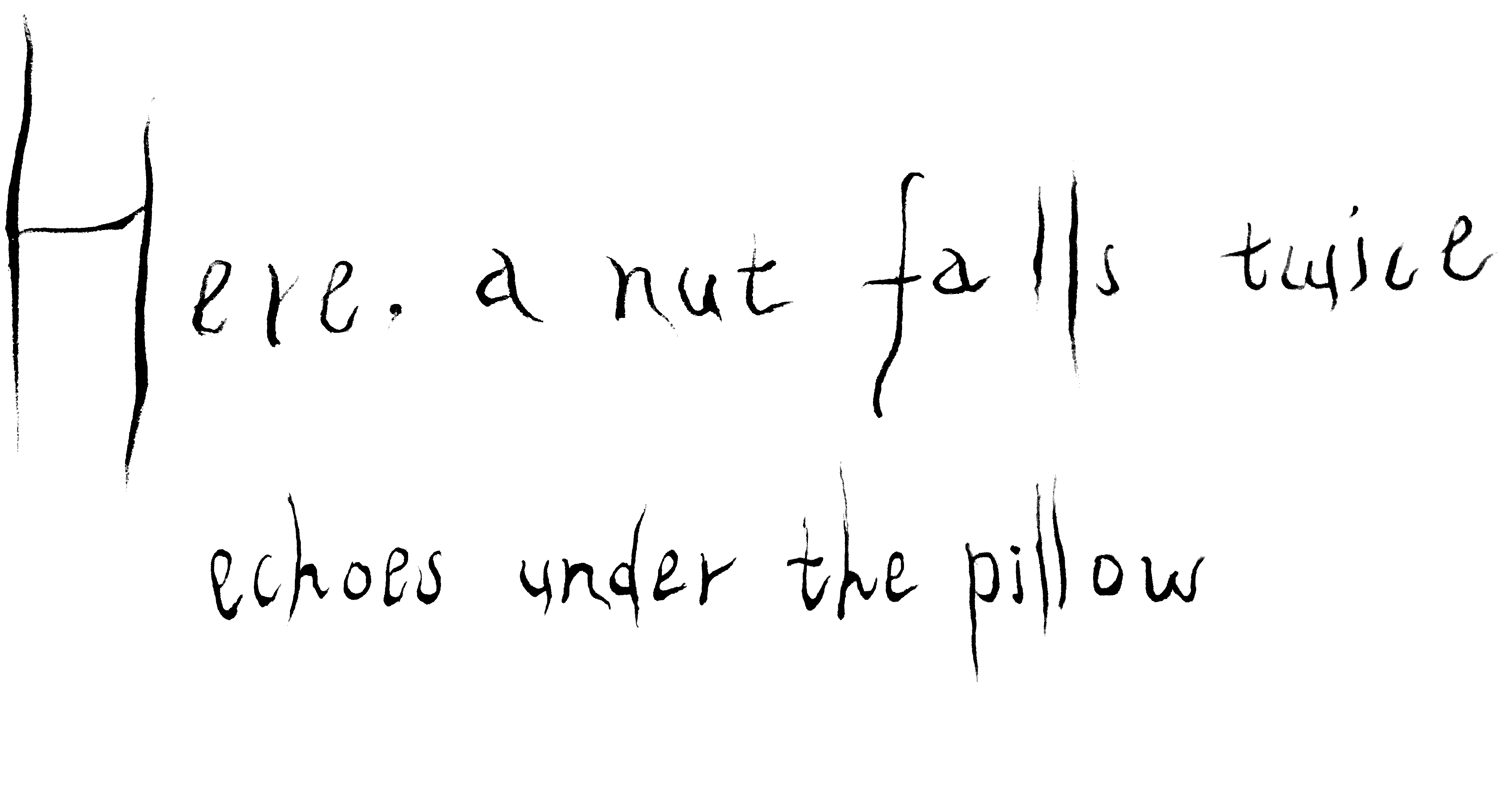Ravedrift
Sara Sassanelli
Drift(in)between ¹ is a shape-shifting landscape. It is a floor, a cave, a swamp, a non-Euclidean black hole and an optical illusion, using nighttime as its core material. Working with ‘the nocturnal’ as a spatial proposition requires precise artistic gestures in order to avoid a one-note engagement with its vastness. In the case of Drift, the anchors are seven sculptures that double as a spatial sound system combined with a sculptural foam floor, the sound of melting ice, contact mics and a varied mix of sonic and visual contributions by ten artists. In order to experience Drift fully, you need to become suspended within, or fall into, its dark hues. In Drift, the falling happens multiple times over the course of eight hours. The landscape changes unpredictably, through the subtle co-creation of a shared ‘here’ through the communality of its auditory experience.
Drift is a dancefloor. Even though no one technically dances, it does request similar engagement. It requires a low-key commitment to falling into strangeness and unfamiliarity. Its distinct dissociation and reassociation with time and location, places it in the same orbit as the practice of raving. When empty, it is a cold spacious surface, when full, a dense space of unpredictable interactions. Drift exists firmly within the rave continuum. ² For McKenzie Wark, the rave continuum is where ‘every good rave that has ever happened or will ever happen makes contact with the continuum, which is a time that exists outside of every other time’. Much like the rave, the performance’s main components are its genre-bending sonic dimensions and the subtle relationships amongst strangers that fuse the seemingly oppositional experiences of togetherness and aloneness. The rave never requires your full attention, and neither does Drift, it asks to engage in a form of attention that is less directional, a peripheral one that can often feel more absorbing.
The performance contributions form a seamless selection of overlapping frequencies rooted in a wide ranging mix of rave references alongside moments of stillness and silence. In this blend of varying intensities, the darkness is the equaliser, a consistent element to rely on as the auditory and visual landscape changes all the time. Performances become impossible to distinguish as their rising and falling intensities blend throughout the night. The resounding feeling is a non-linear experience of sleep. As the night progresses, and people fall into varying stages of slumber, attention sharpens and dulls as the night ebbs and flows between silence and loudness.
Drift requires a quieting of the mind as well as a rhizomatic relationship to attention. It both facilitates and obstructs sleep, its currency being a low-level infiltration through sound, light and movement. As a philosophical project, Drift asks questions about what kinds of desires could be generated by harnessing a disparate set of genres in an unfamiliar framework. Its strategies include simple acts like sleeping in a public space with strangers during a time that is normatively reserved for retiring to private space. Or practicing aliveness, ³ by privileging interrupted sleep, and sleep deprivation as a stark reminder of time as a tool for domination. For eight hours, you are asked to practice your way out of time.
The practice of raving is about urgency and immanence, an imaginary of a shared ‘here’ and a co-creation of an environment that is—crucially—not utopian, but desire-filled, messy and in close quarters. The ravespace ⁴ that is sought by many to experience another form of selfhood is a constructed situation. It requires labour, artistic gestures, a sonic dimension, infrastructure and space. The rave requires someone to set up speakers, someone to drag in crates of drinks, someone to rig lights, to clean, to run the bar. The practice of raving can happen anywhere if those key factors are sufficiently provided, and the kind of assemblages that happen amongst ravers in ravespace blur the boundaries between the producers of the conditions and its consumers. Similarly to the rave, Drift was work for some, and leisure for others. The relationship between labour and free time is further entangled as the process of work is organised through forms more closely associated with leisure. The nocturnal, a time usually reserved for rest and recuperation—and physiologically for repair—is at stake. Free time and social time are the material for the rave to construct its existence on, constantly undermining and reinventing its meaning.
This unclear relation between production and consumption is harnessed by Drift as the group shares the responsibility of both creating and maintaining the space, but so does the audience. As a project interested in new socialities, it asks questions of desire, of what is permissible not only in the rave, or the gallery, but also in a more entangled and collective experience of the nocturnal that prioritises pleasure. It highlights that the production (material and conceptual) of the project cannot exist without the contribution of encountering the strange. It seeks comfort in this other experience of selfhood that happens at the point of collapse between togetherness and aloneness. It harnesses a low-key and much softer form of confrontation with other people, a more abstract form of collectivity that doesn’t rely on consensus or agreement but rather on the auditory processing of a similar sonic landscape. As a research project it sits within the longstanding practice of assembling and processing together in sound.
